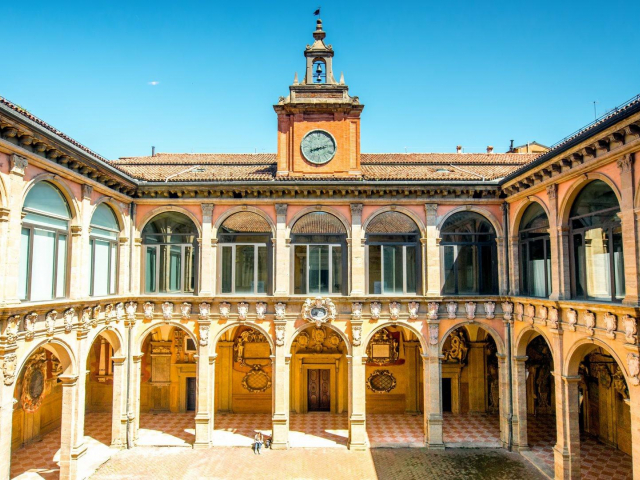
University of Bologna, Italy
Founded in 1088 in Italy, the University of Bologna is the oldest university in continuous operation in the world. The University is historically notable for its special focus on teaching law. Experts believe that this is the strongest law school in the world. The University of Bologna flourished at the beginning of the 12th century and the second half of the 13th century. This was the heyday of law school. Apart from law, scholars expressed interest in philosophy, Latin and Greek literature, as well as medicine. During its existence, the university has had a significant impact not only on Italy but also on Western Europe. For a long time, the University of Bologna was considered the center for the formal teaching of Roman law. Many European students dreamt of graduating from this university. At the moment, the educational institution is a member of the European University Associations of the Utrecht Network, the Coimbra Group, and the Europaeum. Notably, it has the richest collection of antique and modern books, totaling more than 200,000 books.
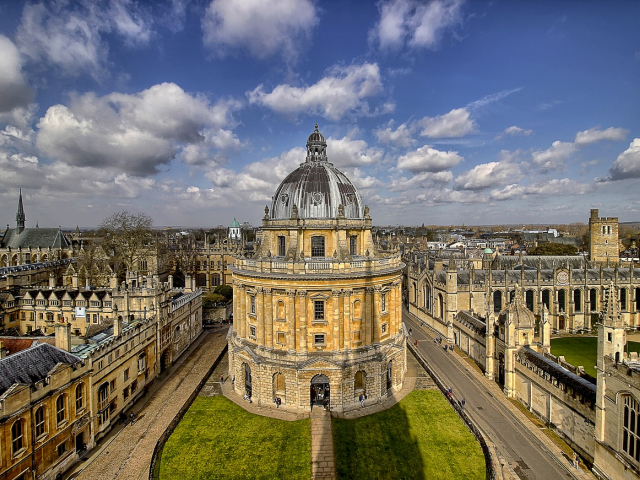
University of Oxford, UK
The second oldest educational institution is the University of Oxford, established in 1096 in the UK. Curiously enough, the exact date of its foundation is unknown. Previously, the university gave priority to students who aspired to build a career in the church. Currently, the University of Oxford includes 38 colleges. There are also 6 dormitories on its territory - closed educational institutions belonging to religious orders that do not have the status of a college. The university charges tuition fees: for UK citizens - £9,250 per year, for foreigners from £26,770 to £37,510 per year. The University of Oxford is among the oldest in the UK and Ireland. It is included in the elite educational group "Russell". The main areas of training are humanities, mathematics, physics, social sciences, as well as medicine.
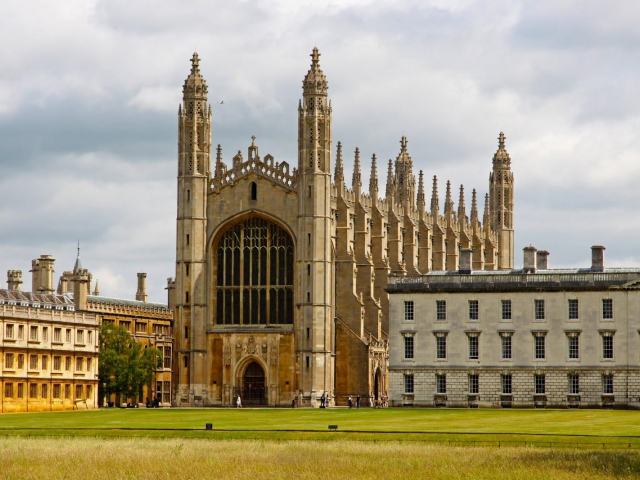
University of Cambridge, UK
Opened in 1209, the University of Cambridge occupies third place in this rating. Many famous people, including outstanding scientists, politicians, lawyers, writers, and heads of state, were once students there. The University of Cambridge includes 31 colleges that form a confederation. Their work is regulated by their own charters and rules. Each college has its own property, library, dormitories for students, etc. The University of Cambridge is a privileged charitable institution (exempt charity). Its funding consists of a state educational grant, student and postgraduate monetary contributions, donations from charitable foundations, income from its own publishing house, grants from the Russell Group, and other sources.
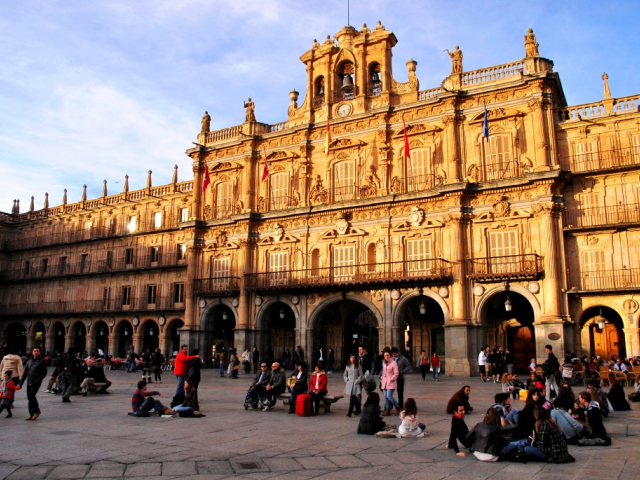
University of Salamanca, Spain
The fourth position on the list of the oldest educational institutions in the world goes to the University of Salamanca. It was founded in 1218 in Spain. The university was first mentioned in 1130. The academic buildings of Salamanca had been constructed over two centuries. Lectures were held in the church cathedral. In the 16th century, Spanish theologians established the School of Salamanca that focused on diverse intellectual areas. Their ideas were influenced by intellectual works of Thomas Aquinas and economists. Nowadays, the University of Salamanca is the largest educational center with a focus on humanities. It is also known for its linguistics research, as well as accomplishments in law and economics. In 1989, along with the University of Cambridge, it became one of the founders of the Association for Language Testers in Europe (ALTE).
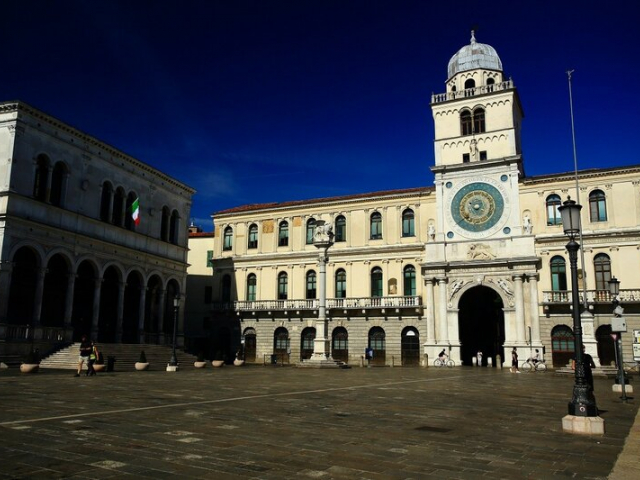
University of Padua, Italy
The University of Padua, established in 1222, closes the top 5 best old universities in the world. In the 15th–18th centuries, it became the leading educational center of the Republic of Venice. The history of its creation is a bit scandalous: a large group of students and professors left the University of Bologna in search of more academic freedom. In Padua, they united and organized a new educational institution. During the Renaissance, the University of Padua was considered one of the centers of European science, where astronomy, medicine and law were taught. In the 19th–20th centuries, it went through decentralization. In 1995, it adopted a new charter, which implied more independence to the university. Currently, the University of Padua has 13 departments: Humanities and Philosophy, Economics, Education, Engineering, Law, Physics and Math, Medicine and Surgery, Pharmacy, Agriculture, Psychology, Political science, Statistics, and Veterinary.
 Deutsch
Deutsch 
 Русский
Русский English
English Bahasa Indonesia
Bahasa Indonesia Bahasa Malay
Bahasa Malay ไทย
ไทย Español
Español Български
Български Français
Français Tiếng Việt
Tiếng Việt 中文
中文 বাংলা
বাংলা हिन्दी
हिन्दी Čeština
Čeština Українська
Українська Română
Română
